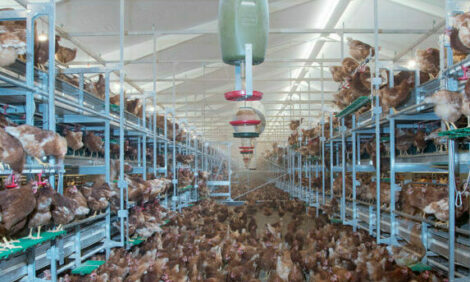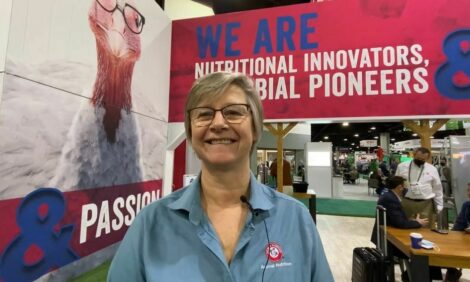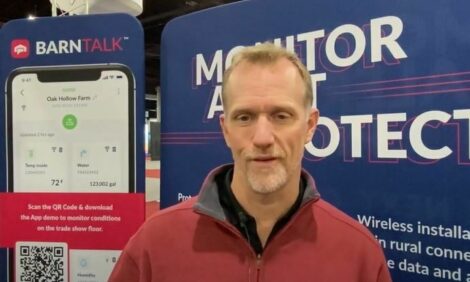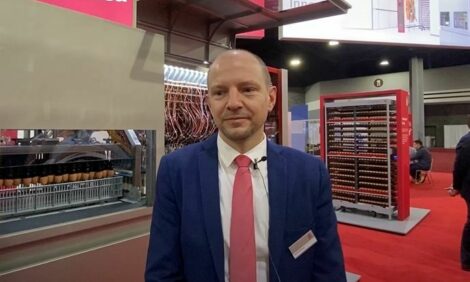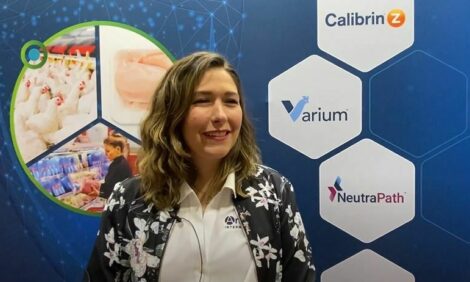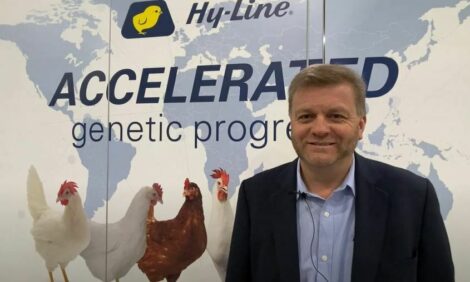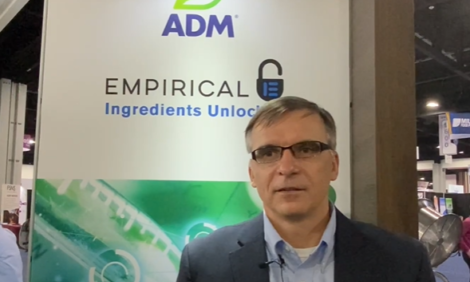



Arm & Hammer's business restructure – the power of “&”
Arm & Hammer brings their live production team and food safety team together as one business.Part of Series:
< Previous Article in Series Next Article in Series >
Roger Beers, director of global food production at Arm & Hammer Animal and Food Production, spoke to Global Ag Media’s Sarah Mikesell at IPPE, describing Arm & Hammer’s business restructure.
What drove the business restructure?
We looked at the marketplace over the last 18 to 24 months and realized that if you look at the assets within our business, we have the food processing or the food safety business. Then we also have the live side production business where we look at bringing animal productivity, animal health, animal performance, as well as pathogen control on farm to improve the processing experience, and ultimately produce better quality, safer foods.
We have these two business units that were working independently. We realized at Arm & Hammer we have the power of “&”- it's the combination of both - it's kind of the Arm and the Hammer, but we weren't leveraging that power. So we looked at the business, where the market was headed, where our customers were and what their needs were and what our customers were saying to us. Ultimately, it drove a restructure in our poultry and integrated markets to bring the live production team and the food safety team together.
Now we can synergistically bring resources and solutions across the entire food chain. In other words, using the power of “and”. It's not a solution here; it's not a solution there – it’s the one company in the industry that has the ability to look at the food supply chain holistically and bring the power of “and” through solutions to both places.
Looking at the data and analytics of a number of the customers that we work with, we can identify certain serotypes, food safety and food quality issues in the plant. We're able to track that all the way back out to specific locations in the field and start to bring solutions there. We're ultimately reducing challenges in plants and improving food safety, food quality, and the consumer experience with our partner companies as they take products to market.
How important is data in this business approach?
Data makes a big difference. It's really two things: number one, we're a very science hearted company. For us, if we don't have the science to back the product, technology, the application, we're not going to recommend it to you. The science is going to drive the solution. Second, the data - whether it's production data or food quality data - really helps define the true problem.
We want to provide solutions to the root cause of the problem; we don't want to treat the symptoms. If you want to treat the root cause you have to have the data, you have to have the science, and you have to allow that to set the direction. That's our focus. Through this realignment, we bring the power of “and” - live production and food safety together. Now we can provide that solution supported by the science and provide the direction across that entire food chain.
Does the data allow you to be predictive?
It can if you know how to use the data. That's one of the other things that we bring is resources – the statisticians and the PhDs - with an understanding of how to interpret the data. Sometimes it's like speaking a different language and if you don't have an interpreter sitting there at the table with you, it can be tough to figure out what exactly to look at and how to use it. So that's another power of the “and” that we bring to the equation.










